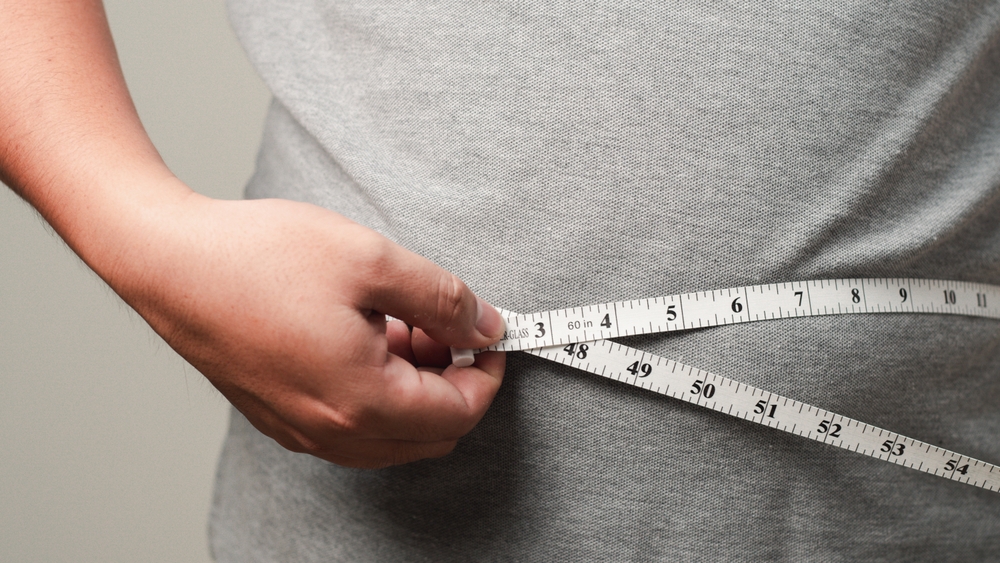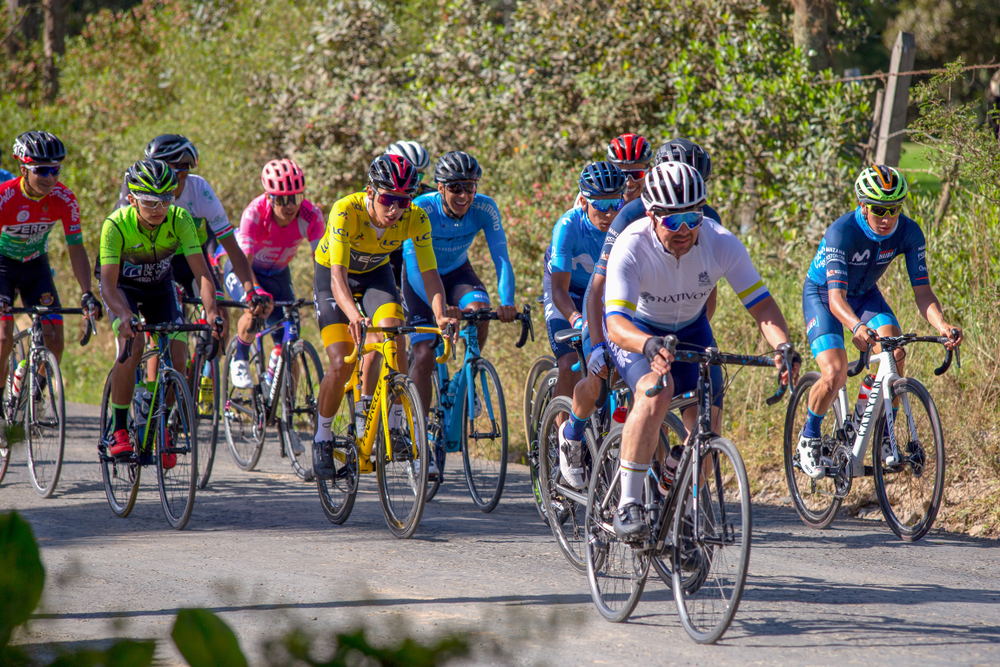Cycling nutrition makes the difference between strong finishes and bonking halfway through rides. Strategic fueling maintains energy levels during efforts lasting over 90 minutes.
Quick Answer: Consume 30-60 grams of carbohydrates per hour during rides lasting over 90 minutes. Good sources include sports drinks, energy gels, bars, and real food like bananas or rice cakes. Start fueling early, before you feel hungry.
Pre-Ride Nutrition Strategy
Eat a carbohydrate-rich meal 2-3 hours before riding. Good options include oatmeal with fruit, toast with peanut butter and banana, or pasta with lean protein. This tops off glycogen stores without causing stomach distress during the ride.
Timing Guidelines
- 3 hours before: Full meal with 100-150g carbs, moderate protein
- 1-2 hours before: Light snack with 30-50g carbs
- 30 minutes before: Sports drink or energy gel if needed
During-Ride Fueling
Your body stores enough glycogen for roughly 90 minutes of moderate intensity cycling. Beyond that, you must consume carbohydrates to maintain performance. Bonking occurs when glycogen depletes completely, causing sudden energy crashes.
Aim for 30-60 grams of carbs per hour depending on intensity and body size. Larger riders and higher intensities require more fuel. Mix solid and liquid sources to prevent flavor fatigue and digestive issues.
Popular Fuel Options
- Energy gels: 20-25g carbs, fast absorption, convenient packaging
- Sports drinks: 15-20g carbs per 8oz serving, provides hydration
- Energy bars: 30-45g carbs, more filling, takes longer to digest
- Real food: Bananas, dates, rice cakes—easier on stomach for some riders
Post-Ride Recovery
The 30-minute window after riding provides optimal glycogen replenishment. Consume a mix of carbs and protein in a 3:1 or 4:1 ratio. Chocolate milk, recovery shakes, or a turkey sandwich all work well.
Don’t skip post-ride nutrition even after easy rides. Consistent recovery fueling accelerates adaptation and prepares you for the next workout.
Hydration Basics
Drink 16-24 ounces per hour in moderate conditions. Hot weather or high intensity requires more fluid intake. Monitor urine color—pale yellow indicates proper hydration, while dark yellow suggests dehydration.



Leave a Reply